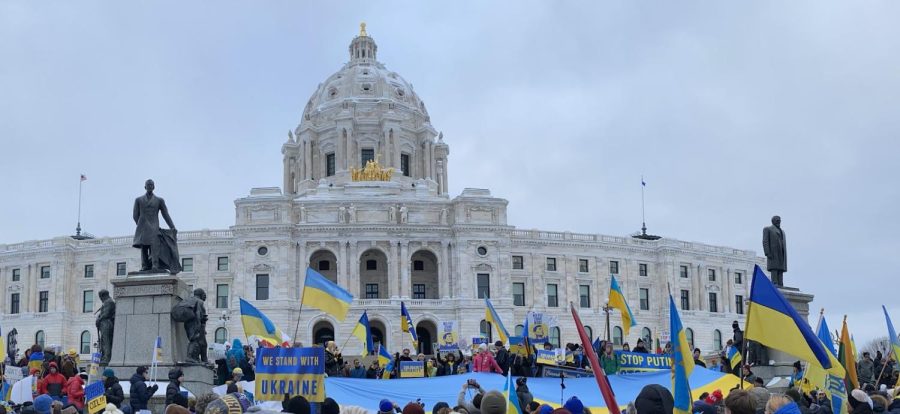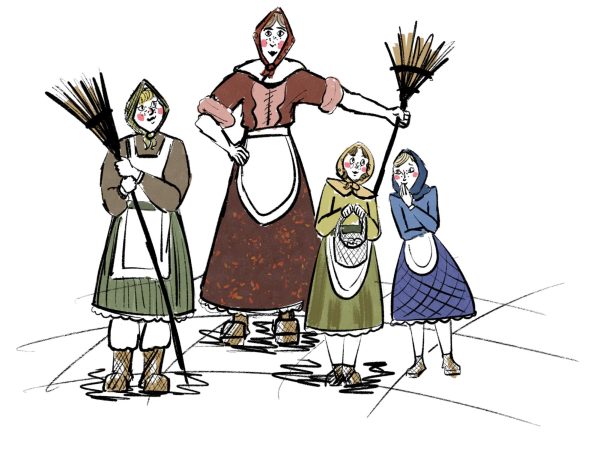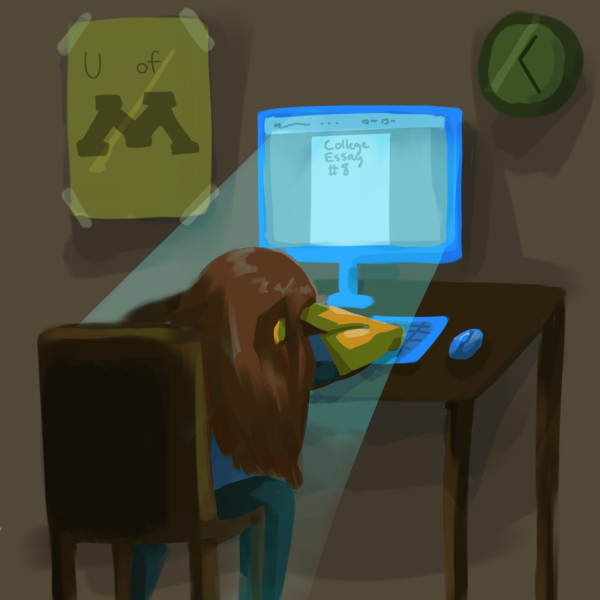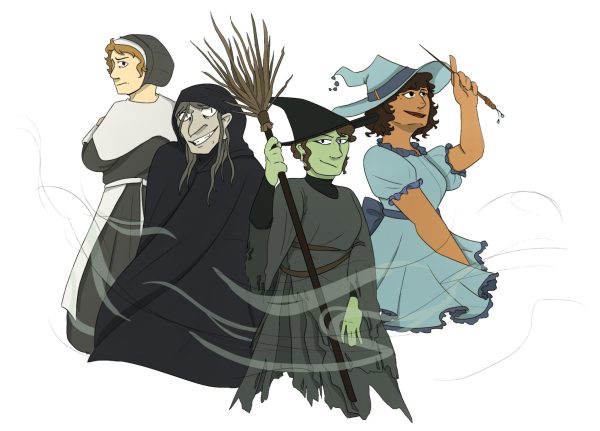Overview and Insight into the Building Tensions with Russia and Ukraine
March 18, 2022
On February 24, residents in Ukraine were awoken by thundering artillery. Russian forces invaded the country, causing panic throughout the nation. People hurried to call their loved ones and seek refuge. Apartments, schools and even hospitals have been destroyed. The amount of damage has been high ever since, with a report of almost 10,000 deaths including civilians, almost 2,000 injuries and more than half a million refugees fleeing Ukraine. Families abroad in North America and other parts of Europe mourn and struggle as they watch the war unfold, praying for the safety of those back in their home country.
Even more disheartening has been the occurrence of racism at the border as foreign exchange students seek shelter. Students of color have been denied access to transportation to reach a safer location, prompting the hashtag “#AfricansinUkraine” to raise awareness and demand action for African foreign exchange. According to the BBC, Russian forces have so far captured Luhansk and Donetsk and are aiming for Kyiv, the capital of Ukraine. Russian President Vladimir Putin anticipated a quick conquest of the country; however, his efforts have been thwarted as Ukrainian resistance struck back.
The world was struck by the shock of something so sinister that no one could predict. So, how did it end up this way?
President Vladimir Putin expressed sentiments prior to the invasion regarding his fear of NATO’s (North Atlantic Treaty Organization) and the West’s influence upon Ukraine, located right next to Russia. If Ukraine were admitted into NATO, Putin stated that it would mean a direct clash with the West. President Putin also stated that he sought to deradicalize and demilitarize Ukraine. In the weeks prior to the invasion, there were troops from both Ukraine and Russia along both countries’ borders. Few, however, expected the buildup to result in full scale war.
This has not been the first time that Russia has invaded other countries to gain territory. In 2008, Russian forces illegally seized the regions of Abkhazia and Ossetia in the Republic of Georgia, resulting in hundreds of thousands of refugees. Russia also launched another invasion in 2014, annexing Crimea, a region of Ukraine. During these occupations, many nations and unions did not impose as many extreme sanctions as they have during the current invasion.
As other countries witness the atrocities in Ukraine, the response to Russia has been surprisingly aggressive. The European Union condemned the country through hefty sanctions, and other countries such as the United States have imposed similar restrictions on Russia in the hope of weakening both Putin and the leading Russian oligarchs facilitating the war. The benefit of these sanctions are debatable, however, as these measures have sent Russia into a financial crisis. The economy is dealing with stark inflation, and the Russian ruble has already lost 30% of its value. The countries enacting sanctions are also experiencing issues themselves, though, as gas prices have increased drastically because of the United States’ rejection of Russian oil.
The question remains: how are the community of both Minnesota and Minnetonka responding to the crisis? According to the Duluth News Tribune, around 17,000 Ukranians reside in Minnesota. They, along with countless other allies, have joined together in solidarity, demonstrating for peace in Ukraine. Governor Tim Walz, along with many other politicians, have publicly stated their support for Ukraine. Even the I-35W bridge in Minneapolis changed its lights to the colors blue and yellow, those of the Ukrainian flag, to show solidarity.
At MHS, Principal Jeff Erickson made a statement on the announcements the day after the invasion.
“I know we have a number of students with connections with family members in Ukraine. I just want to note what’s happening, that our hearts go out to your families during that difficult time of wondering what’s happening and uncertainty,” he said.
Ekaterina Cavanaugh, ‘24, shared her experience as a Russina person with family in Ukraine. Cavanaugh’s mother is Ukranian, and aside from her sister and parents who moved to the United States, the rest of her family resides in the country.
“It’s been difficult to cope with what’s going on because of how unpredictable the war and Putin is. I’ve been very worried for all Ukranians and for everyone we know there,” she said. Cavanaugh said that she has attended some of the rallies organized by the Ukrainian Community Center.
“I definitely think that the Minnetonka community should stay informed about the war right now and do what they can to support. Ukraine is fighting for all of Europe right now, because if they fall, there could possibly be another world war. Again, it’s all very unpredictable,” Cavanaugh said.
Many small business owners have taken action in response to the war in Ukraine. Ragim and Irina Mamedov, owners of Fruit & Fish grocery store and Paradise Liquors in Plymouth, have removed Russian products from their shelves. The both of them have lived in Ukraine for years and have friends that still reside there. Many presume that the boycott against Russian products has impacted the business, yet Ragim says otherwise.
“People know we have nothing to do with the Russian government. If you come into a Russian store, you are not supporting the Russian government, you’re just supporting a local business,” he said.
His wife, Irina, shared her concerns for her friends in Kharkiv, Ukraine’s second largest city.
“It’s no city any more. [It’s] destroyed, destroyed. I can’t believe it, but it’s destroyed. It’s a terrible situation,” she said.
More news and updates are still to come as the war in Ukraine continues. Right now, solidarity and unity of all people with Ukraine is crucial. Acknowledge and recognize these atrocities happening. May hope and peace be with the people of Ukraine.






























